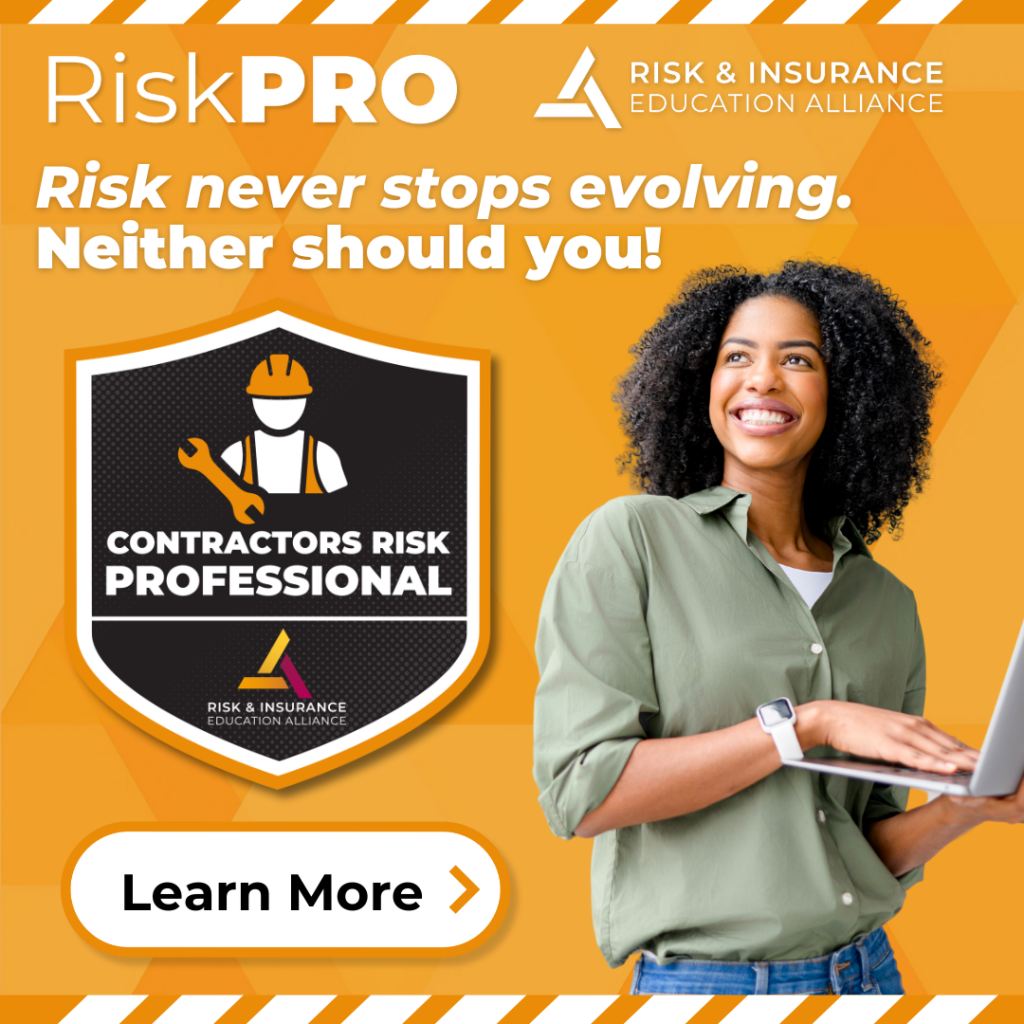As more and more companies are welcoming employees back to the workplace, a series of challenges and risks present themselves. If you or your clients are embarking on this journey, why not put on your risk manager hat and view the future from that perspective?
In the Certified Risk Manager Program, we teach that Risk Identification is the first and most important step in the risk management process. Let’s begin with that. To help you brainstorm, we’ve created this checklist of good risk identification questions you might want to ask yourself or your clients.
Employee Concerns –
Consider your existing workforce and what your reasonable expectations should be.
- Can everyone come back? Does everyone need to come back?
- How successful has the company been in adapting to the pandemic?
- Do any employees have childcare or schooling issues? Are the local schools open?
- Have you examined the ages and potential susceptibility of employees? Human Resources is your valued partner here, as confidentiality is critical.
Legal Compliance –
- What do your state and local laws say about a returning workforce?
- Are there limits on the number of people allowed on the premises?
- Are these limits expressed in terms of a percentage of the total workforce? Are they determined by the square footage of your workplace?
- Is alternating shifts or days of the week a potential solution to this issue? How will you ensure that shift assignments are non-discriminatory in nature?
Physical Premises –
- Is your current physical set up or layout still viable?
- Do you have primarily stand-alone offices where employees may isolate from each other?
- Do you have an open workspace with cubicles or workstations? Are they far enough apart to meet social distancing requirements?
- If you are a manufacturing facility how will you adapt the production line?
- Will any changes be temporary or permanent?
Safety and Sanitation –
- What are the safety and sanitation requirements?
- Be aware that city emergency actions and requirements may differ greatly from state mandates.
- Is daily screening and temperature taking of all returning employees required? Are you allowed to record that information and how will you safeguard it?
- Must you deep clean and sanitize multiple times during the day? This will usually depend on the nature of your operations. Will doing this at night be sufficient?
- Does that include only the common or shared areas like restrooms and kitchens, or does it include offices, workstations, conveyors, machinery and possibly shared tools?
- Are you required to have masks and hand sanitizer available for all personnel?
- Can you ensure single users for each workspace or station with no sharing of spaces or equipment?
Insurance Policy Review –
- What do my policies say?
- Time to get your agent and legal counsel involved. You will want to do a policy review and analyze their integration.
- Start with Workers’ Compensation and Group Health coverages. Then look at your Directors and Officers and General Liability policies.
- Compare the coverage grants, definitions, and exclusions.
- Is there a potential for uninsured claims? What will the alternatives and control measures be?
These questions require more than just a moment’s consideration. The choices and decisions you make about how and when your workforce returns may have an unforeseen and lasting impact on your organization. Preparing for the journey starting with risk identification is a smart way to begin.
For details on a variety of risk identification techniques and their uses consider registering for Principles of Risk Management, part of the Certified Risk Manager Designation Program.

About The Author: Sarah Warhaftig, CRM, JD
Sarah Warhaftig is the Academic Director of Risk Management Programs for the National Alliance where she is responsible for the Certified Risk Manager, the Certified School Risk Manager, and the Certified Personal Risk Manager designation programs.



















































